I tested Technics' EAH-AZ100 against Bose's QuietComfort Ultra Earbuds, so here are all the key ways each of these buds beats the other
Bose's best buds vs Technics' technical triumph – I've compared both directly
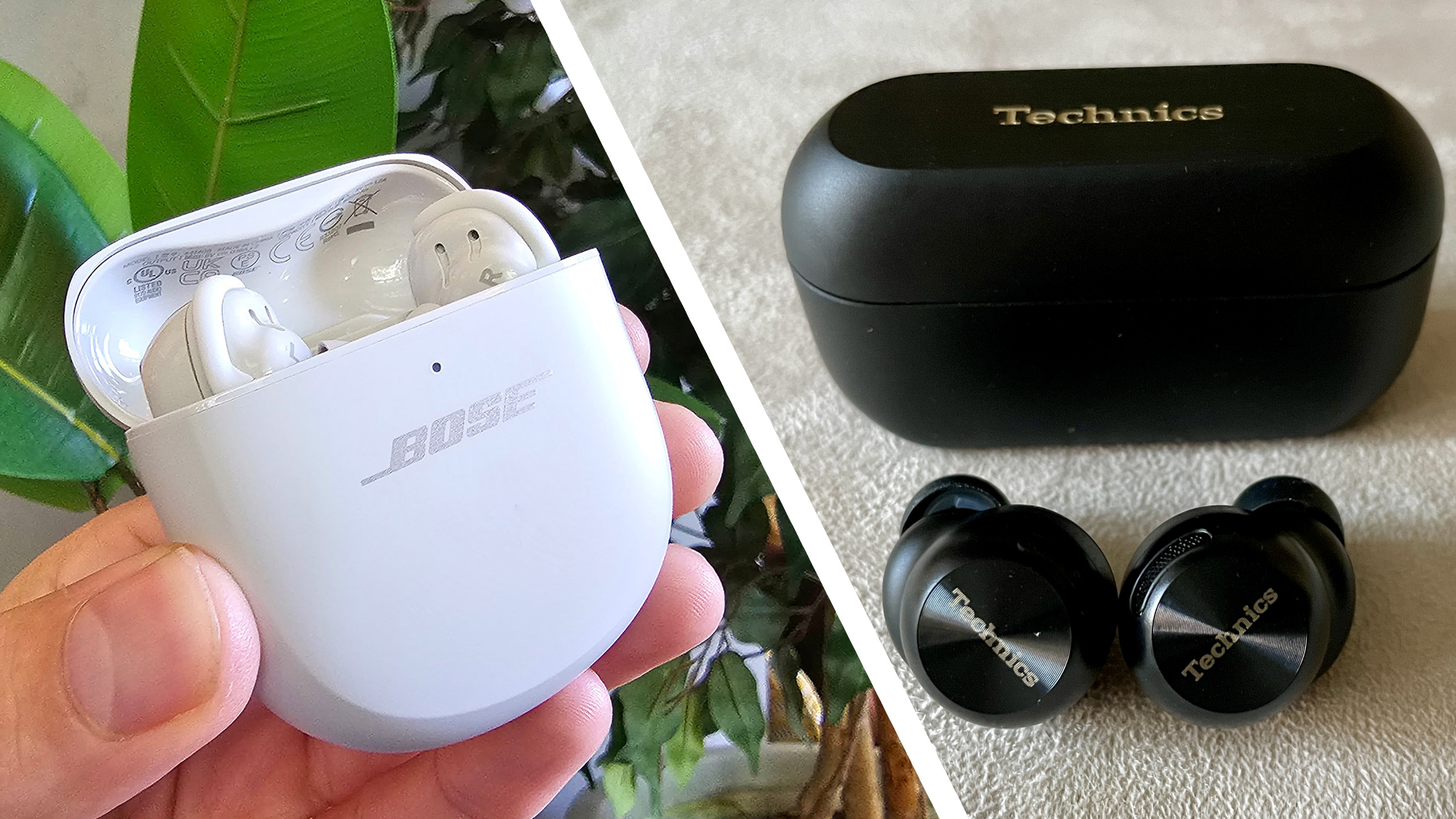
If you're looking for a great new pair of premium wireless earbuds, you maybe well be comparing the Technics EAH-AZ100 and the Bose QuietComfort Ultra Earbuds – both are strong options among the best earbuds available today, and rated very highlighted by us.
Technics has had a few stabs at the true wireless in-ear headphones market over the last couple of years, and has hit a real vein of form recently, culminating in the launch of the EAH-AZ100 – a product that went straight to the top of our list of the best wireless earbuds available today.
However, also high among the top options are the Bose QuietComfort Ultra Earbuds. Pricey at launch but a fair but more affordable now, they contest the same part of the market as the EAH-AZ100 – and they do so with a formidable combination of typically Bose sound quality and even more typically Bose active noise cancellation prowess.
If the Technics EAH-AZ100 are going to secure their place at the top table, then, they’re going to have to face down a prodigious and well-established rival…
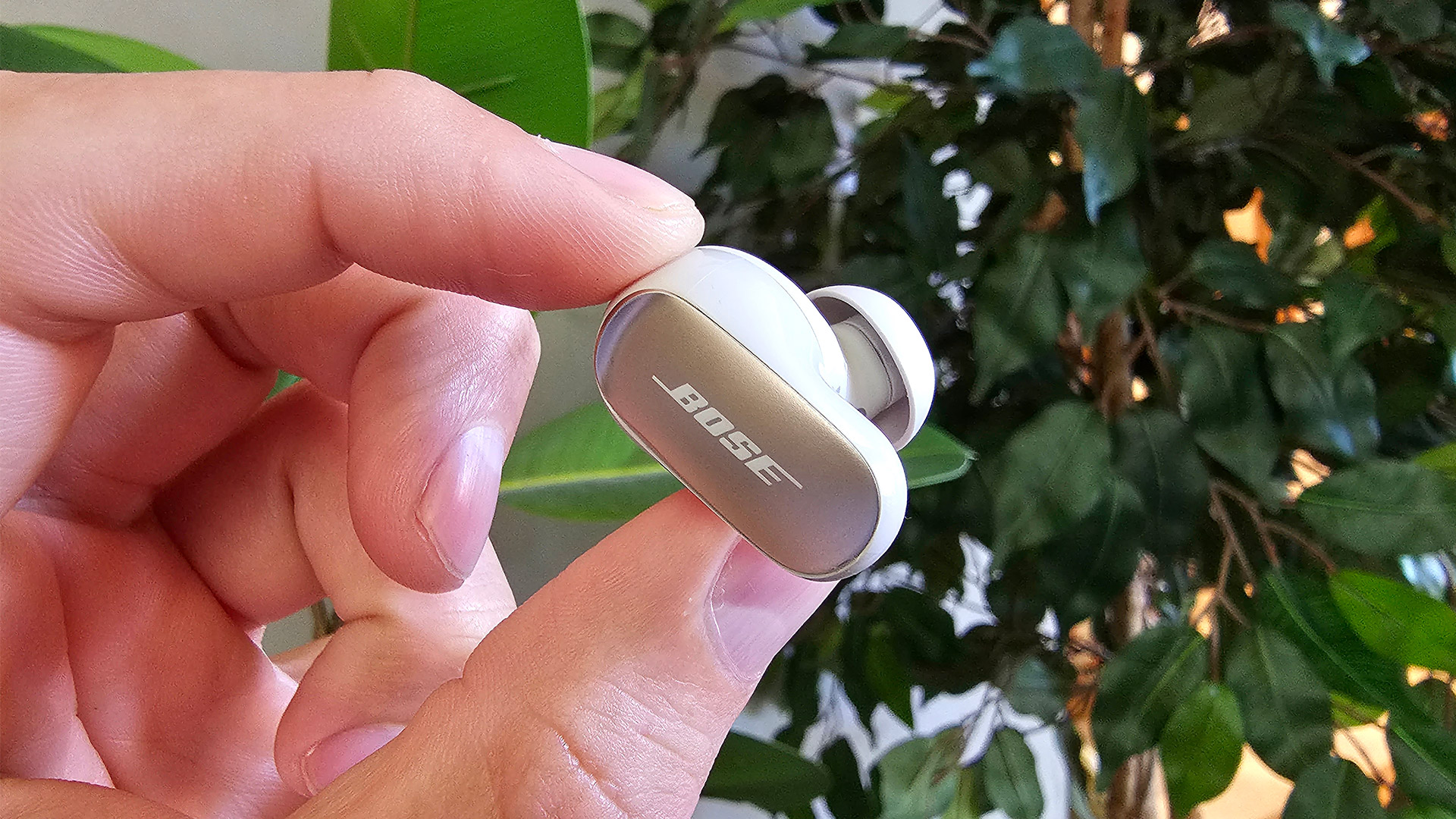
Technics EAH-AZ100 vs Bose QuietComfort Ultra: Price and release date
Two years is an eternity where true wireless in-ear headphones are concerned – but the Bose QuietComfort Ultra Earbuds are closing in on their second birthday and yet show no signs of ageing. Not many products of this type are so very ‘correct’ that they soldier on for this long, and even fewer do so without shedding a lot of their initial asking price.
The Bose QuietComfort Ultra Earbuds, though, are one of the exceptions – they launched in September 2023 at £299 / $299 / AU$449, and even now they’ll set you back something like £229 / $249 / AU$349.
By contrast, the Technics EAH-AZ100 are still toddlers. They launched in January 2025 at £259 / $299 / AU$499. Naturally there hasn’t been enough time for any discounting to occur at the time of writing, but perhaps later in the year.
‘Premium’ is an accurate word to describe both of these models, and their relative asking prices reflect it.
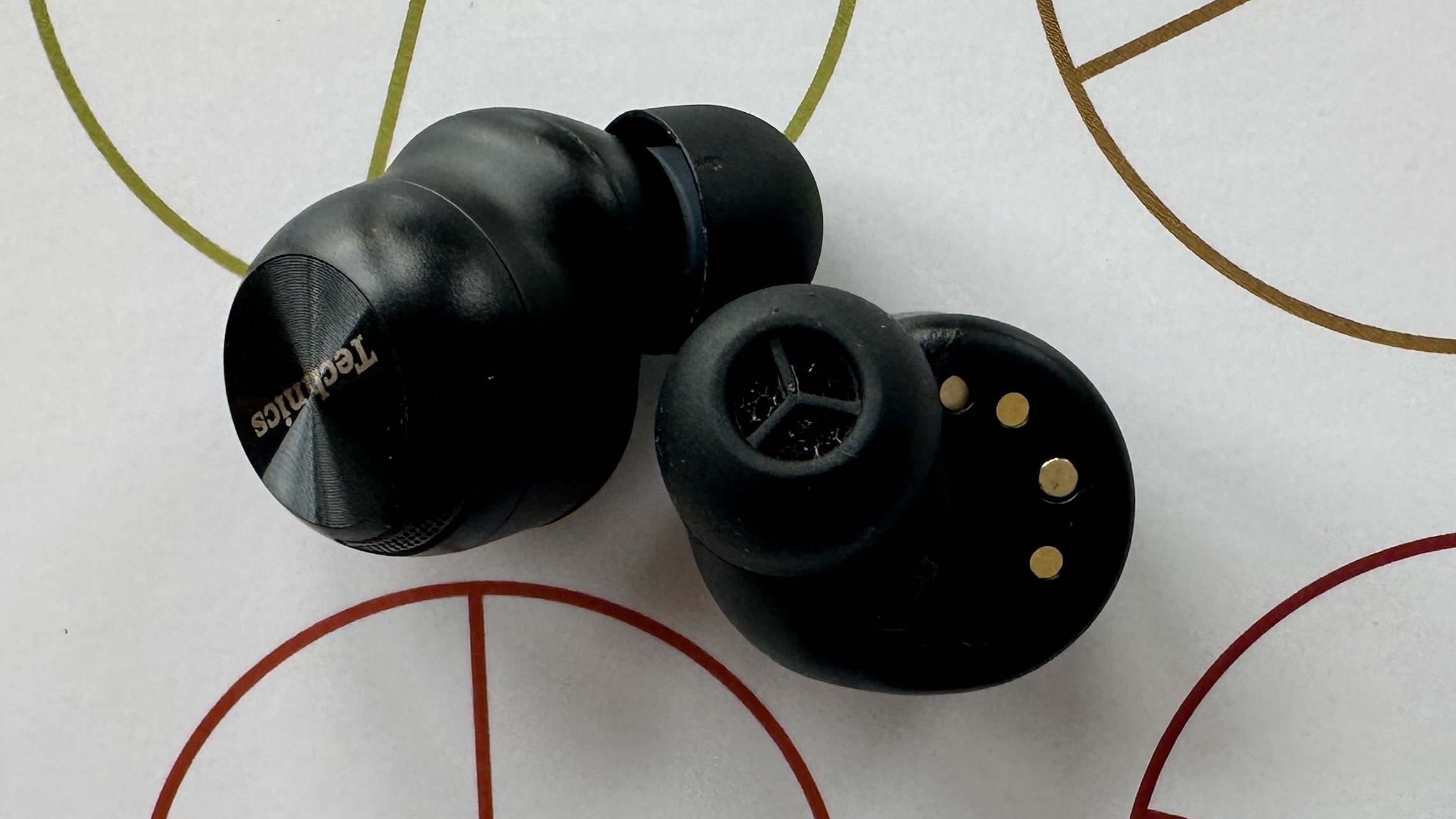
Technics EAH-AZ100 vs Bose QuietComfort Ultra: Sound quality
Technics hit the bullseye where the sound of the AZ100 is concerned – they’re among the best-sounding true wireless in-ear designs you can buy at anything like this money.
In every major respect – frequency response, tonality, integration, balance and so on – they make an extremely strong case for themselves. They’re a deft, informative listen, able to contextualize even the most transient, most peripheral details in a recording in the most natural manner.
They have considerable low-frequency presence, but have complete control and authority over the bass presence they generate – they’re swift and straight-edged, so as well as a stack of tonal variation they also have confident rhythmic ability.
There’s a coherence and a unity to the EAH-AZ100 sound that works across pretty much every genre of music – they’re able to sound direct and immediate just as readily as they can sound dynamic and assertive. Which means the Technics EAH-AZ100 are profoundly impressive performers that demand your consideration.
The Bose QuietComfort Ultra Earbuds are faithful to the sonic attitude Bose has spent years refining: full-bodied, fractionally bottom-heavy and dynamic. But these Earbuds add a very welcome touch of alacrity and manoeuvrability, and they’re all the better for it. There’s a familiar warmth and luxuriousness to the low end, but it enjoys a straighter edge where the attack of individual bass sounds is concerned than previous Bose designs.
These are a speedier listen, and a more rhythmically positive listen as a result. Detail levels are good, and there’s very welcome clarity through the midrange, and satisfying bite and sharpness at the top of the frequency range. Overall balance is good, that trademark Bose bass weight notwithstanding, and there’s sufficient drive and dynamism to give the Technics a run for their money.
The presentation is big and spacious, and properly organized where soundstaging is concerned – it’s a combination that makes the QuietComfort Ultra Earbuds very easy to listen to.
To my mind, the EAH-AZ100 are the better-sounding earbuds – it’s hardly a night-and -day difference, but they’re a better-balanced and ultimately more realistic listen. But the QuietComfort Ultra Earbuds have that Bose ace up their sleeves: the almost supernatural quality of their active noise cancellation.
The Technics are pretty accomplished where this is concerned, but they – like every other brand, to be fair – are playing second fiddle to Bose when it comes to dealing decisively with external distractions.
Winnners: Technics EAH-AZ100
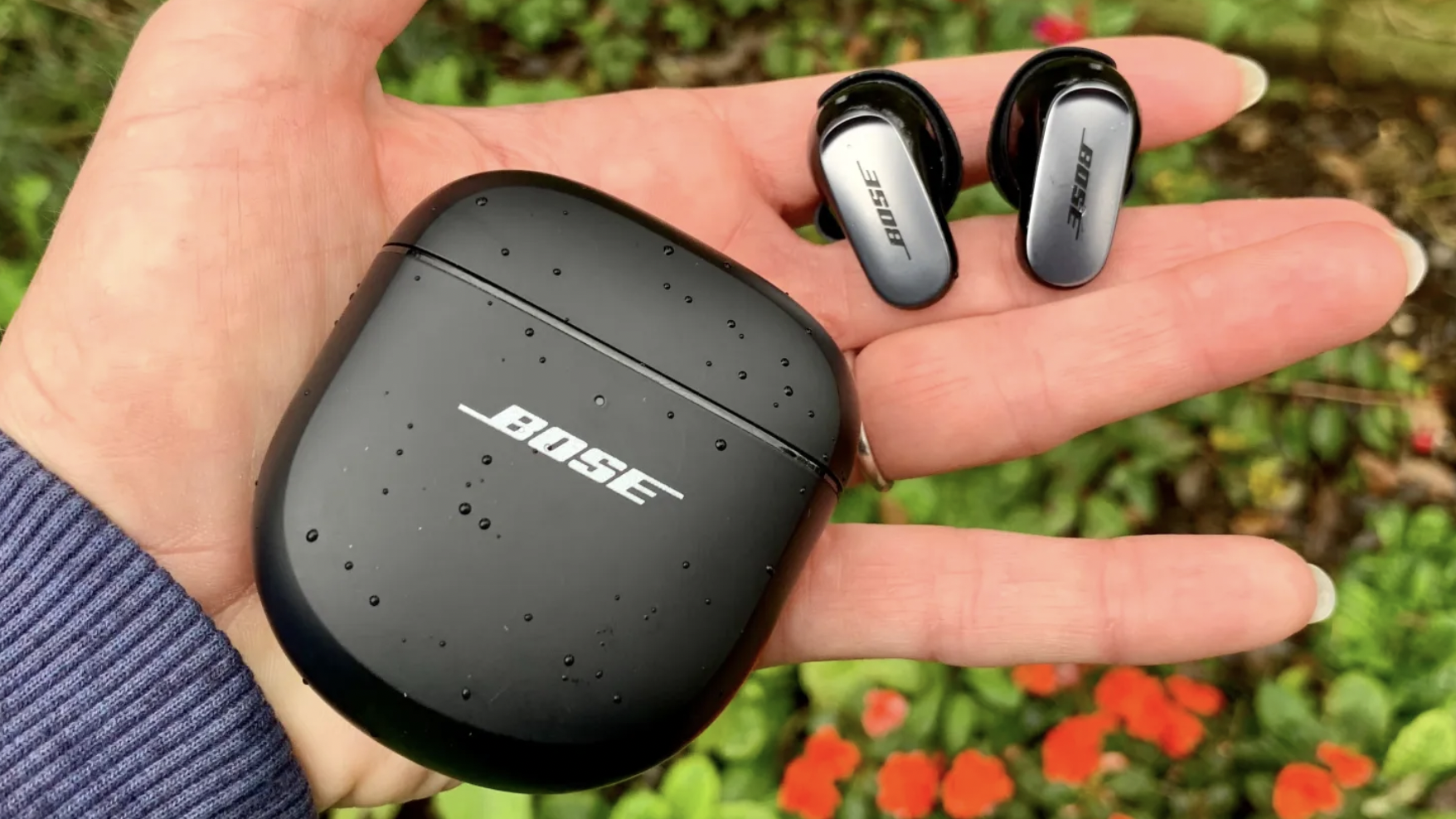
Technics EAH-AZ100 vs Bose QuietComfort Ultra: Features
Naturally enough, the Bose QuietComfort Ultra Earbuds and the Technics EAH-AZ100 have quite a few features in common – and, in fact, these are features they share with quite a few alternative true wireless in-ear designs costing the same kind of price. But, of course, there are areas where they differ quite fundamentally.
In terms of similarities, the headlines include adaptive active noise cancellation (the Bose check your environment every time you take them from the case and put them in your ears – the Technics do something similar, and also offer manual adjustment of ANC intensity).
Both use Bluetooth 5.3 for wireless connectivity, and both offer control via comprehensive control apps, touch controls and your source player’s native voice assistant. Both have an IPX4 rating against dust and moisture, and both have a facility with spatial audio (Technics with Dolby Atmos, Bose with its proprietary ‘Immersive Audio’ tech that can stay fixed or track your head movement).
The Bose use a four-mic array in each earbud to take care of telephony, ANC and voice-assistant interaction, while the Technics make do with three to do the same jobs. The EAH-AZ100 hit back where battery life is concerned – depending on the volume levels, the level of ANC and the type of codecs that’s doing the business, the Technics will run for seven to 12 hours from the earbuds with an all-in total (including the charging case) of 19 to 29 hours.
The QuietComfort Ultra Earbuds manage a maximum of six hours from the buds and a best-case all-in total of 24 hours. And the Technics are compatible with any Qi-certified wireless charging pad, unlike the Bose, which require you spend another £50 on a cover for the charging case in order to perform the same task, inexplicably.
The Bose arrived on the market with no multi-point connectivity, although a firmware upgrade means they can now connect to two devices at once. The Technics remain the multi-tasker’s choice, though, as they can be connected to three devices simultaneously – which is still so rare in earbuds it's almost unique to these.
The sound of the EAH-AZ100 is served up via a pair of 10mm dynamic drivers (which means they’re good for a frequency response of 20Hz - 40kHz), while the QuietComfort Ultra Earbuds follow the usual Bose template of bizarrely keeping this sort of information a secret.
Winner: Technics EAH-AZ100
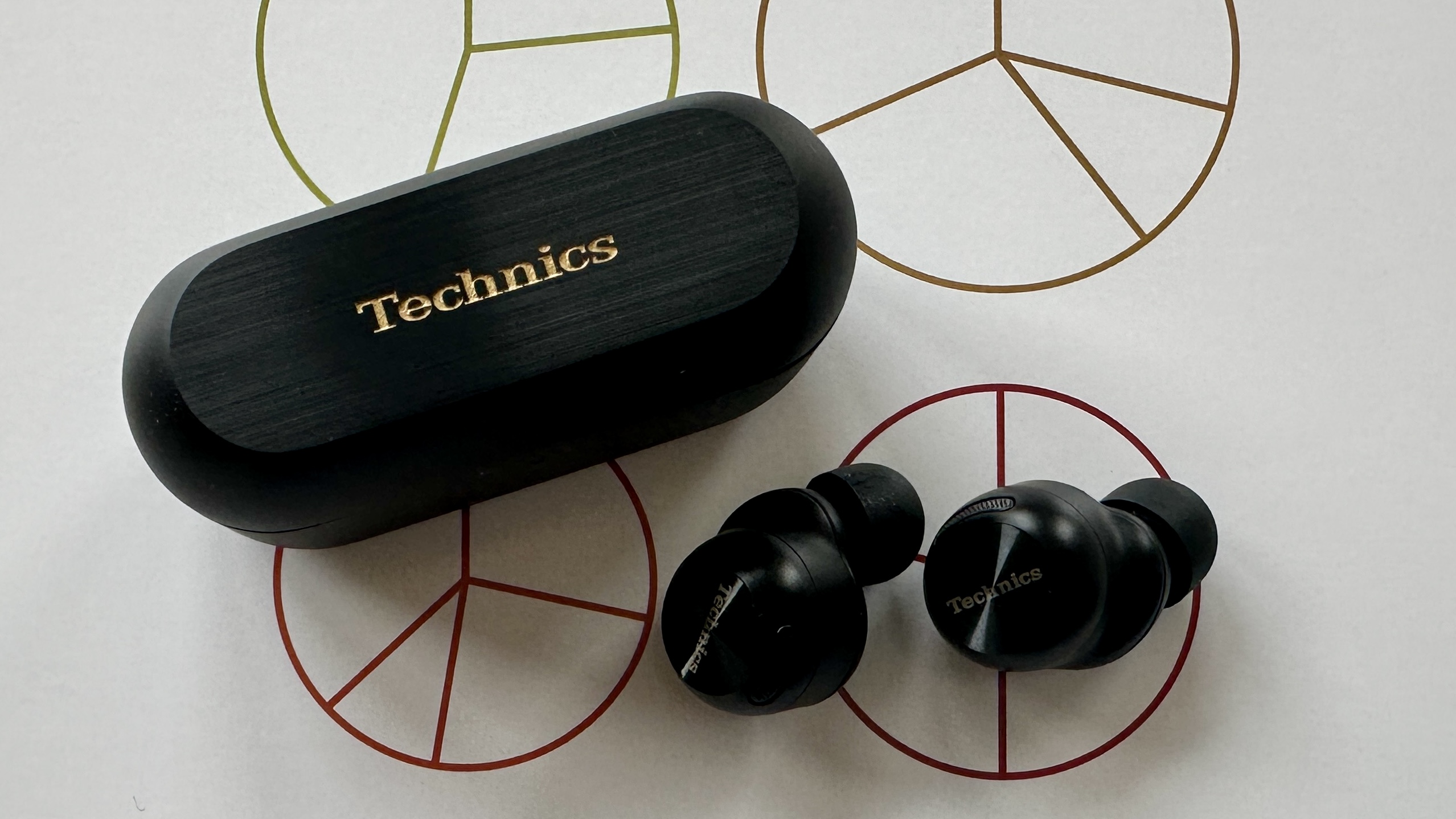
Technics EAH-AZ100 vs Bose QuietComfort Ultra: Design and comfort
The EAH-AZ100 represent something of a rethink where the design of Technics’ true wireless in-ear headphones are concerned – which, for the avoidance of doubt, is a good thing. Previous Technics designs have been a fairly bulky earful, but the AZ100 are smaller, lighter (5.9g per earbud) and more ergonomically shaped than any of the company’s previous efforts.
A choice of five different sizes of eartip helps the comfort quotient, and Technics paid a lot of attention to the many and various shapes and sizes of ear of its customers in order to arrive at a design that manages to be stable and comfortable at the same time.
Bose is not alone in preferring the ‘dangly stem’ design pioneered by Apple rather than the more common ‘twist to fit’ pebble shape of the Technics EAH-AZ100, and the broad look of the QuietComfort Ultra Earbuds will be familiar to anyone who’s paid any attention to the brand for the last few years.
Apart from the metallic treatment on the outside of the stem (for “a more luxe look”, according to Bose) and a tiny notch on the top edge of the earbud to help position the ‘stability bands’ (there are three different sizes in the packaging, as well as three sizes of eartip), it’s Bose business as usual.
The design of the QuietComfort Ultra Earbuds is carefully ergonomic, and that’s just as well, because at 7.7g per side these earbuds are among the heavier around. Comfort, though, is never an issue, even if you decide to wear the battery completely flat before you take them from your ears.
The Technics are available in the company’s idea of ‘black’ or ‘silver’, while the Bose are yours in an interpretation of ‘black’ or ‘white’. This sort of thing is very subjective, of course, but to my eyes the EAH-AZ100 look and feel the more upmarket of the two - you may disagree, of course, and if you do then that’s absolutely fair enough.
Winner: Technics EAH-AZ100
Technics EAH-AZ100 vs Bose QuietComfort Ultra: Verdict
Ultimately, it depends what you want your new true wireless in-ear headphones for. If it’s about outright sound quality, the Technics EAH-AZ100 shade the Bose QuietComfort Ultra Earbuds – they’re a little more refined, a little more balanced and a little more convincing as a result.
They're also a little more versatile, in the sense of offering longer battery life and triple-point connectivity. They're just so good all-round, as well as having the edge on sound.
But if you want the best active noise cancellation around, and are prepared to accept sound quality that’s merely ‘very very good’ rather than ‘exceptional’, then the Bose are the buds for you.
Get daily insight, inspiration and deals in your inbox
Sign up for breaking news, reviews, opinion, top tech deals, and more.
Simon Lucas is a senior editorial professional with deep experience of print/digital publishing and the consumer electronics landscape. Based in Brighton, Simon worked at TechRadar's sister site What HiFi? for a number of years, as both a features editor and a digital editor, before embarking on a career in freelance consultancy, content creation, and journalism for some of the biggest brands and publications in the world.
With enormous expertise in all things home entertainment, Simon reviews everything from turntables to soundbars for TechRadar, and also likes to dip his toes into longform features and buying guides. His bylines include GQ, The Guardian, Hi-Fi+, Metro, The Observer, Pocket Lint, Shortlist, Stuff T3, Tom's Guide, Trusted Reviews, and more.
You must confirm your public display name before commenting
Please logout and then login again, you will then be prompted to enter your display name.
